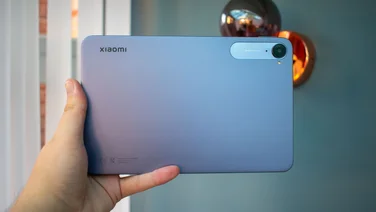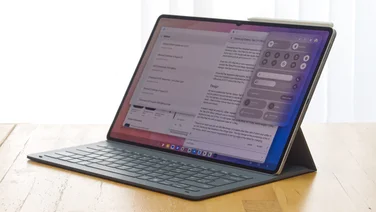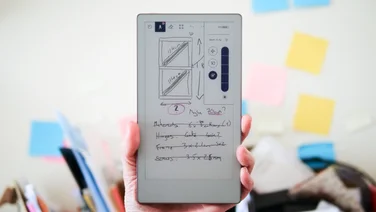To help us provide you with free impartial advice, we may earn a commission if you buy through links on our site. Learn more

With mobile and tablets a dominant force in computing, it’s no wonder that Intel has set its sights on this market. With more products coming on the market, such as the Asus MemoPad 7 (and its recent update) and Lenovo Tab S8, we decided to sit down with April Natividad of Intel’s mobile communications group to find out what the company has in store for us.
With Android 5 L, which isn’t too far away, the mobile operating system is set to go 64-bit for the first time, catching up with iOS 7, which went 64-bit on the iPhone 5S. This is one area where Intel has the advantage with its current Bay Trail and Moorefield mobile Atom CPUs already 64-bit ready.
Effectively, once you upgrade you version of Android, if your tablet or smartphone has an Intel chip inside, it will be able to take advantage of the 64-bit OS. That’s in stark contrast to other ARM-based Android devices, which are 32-bit only chips.
“Today it’s Intel or nothing,” said Natividad about migrating Android devices to 64-bit.
While that statement was unfortunately proved false a couple of hours after our interview, when HTC announced the Desire 820, which has a 64-bit Qualcomm Snapdragon 615 SoC, the sentiment largely remains: existing Intel-based Android devices are ready for 64-bit; currently-available ARM-based Android devices are not.
With 64-bit should come an increase in performance, particularly in processor-intensive tasks, such as photo editing and games. While performance is one of the most important things about a mobile chip, people also care a lot about battery life. With the current generation Intel architecture the company is on a par with ARM-based devices.
“With our 22nm architecture we deliver high performance and good battery life upwards of 10 hours,” said Natividad.
We can’t help that think that tablet technology lags behind laptops. With Intel’s Ivy Bridge technology on laptops there was good performance and decent battery life, but the upgrade to Haswell kept performance static, while dramatically improving battery life. It’s this style of improvement that we’d like to see in tablets and Natividad assured us that the mobile team worked closely with the laptop team.
There were no new chips to announce now, but with Bay Trail launched pretty much a year ago at the Intel Developers’ Forum (IDF), we would expect a successor to be announced this year.
Looking to the future, most of Intel’s partners using its chips in smartphones and mobiles are what we’d see as traditional PC companies, such as Acer, Asus and Lenovo. Companies with a bigger mobile base, haven’t flocked to Intel architecture so far. Samsung released the Galaxy Tab 3 range with Intel CPUs last year, although the Galaxy Tab 4, which was just released, has gone back to ARM architecture.
Despire this, Natividad said that Intel was making “headway with more mobile companies”. It’s important to remember that it is still relatively early days for Intel in this market and it has a big competitor in ARM. If the company can continue to grow power and increase battery life with each iteration of its Atom line, its chips are bound to appear in more devices.






